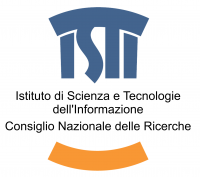Gabriele Guidi, Bernard D. Frischer
3D acquisition and modeling of Cultural Heritage assets has become a widely diffused practice, especially thanks to the recent improvement in image-based 3D modeling methods based on active devices conceived for a mass market such as gaming (e.g., the Kinect/Kinect2) and on SfM, which facilitates accurate 3D modeling employing digital cameras. In either case the 3D modeling solutions allow scientists to accurately digitize even complex three-dimensional structures at a much lower cost than traditional dedicated scanners.
For this reason, archaeologists no longer find creating a reality-based 3D model an exceptional and expensive luxury, as they did a few short years ago, but it has become a part of their routine work-flow. Even if the scientific research about how to obtain better models from photographs and active sensors is still an hot topic in Computer Science and Electrical Engineering, for an end-user in archaeology the focus of attention has shifted from the “know how” behind creation of a reality-based 3D to the “know why,” i.e., why does the archaeologist need a 3D model in the first place? And this question becomes all the more interesting when taken in conjunction with the transformation of display technology at a time when immersive devices such as the Oculus Rift have lowered the costs of displaying 3D models as much as the new approaches to 3D data capture have lowered the costs of modeling, and applications like Layar, Metaio or Augment makes easy the use of Augmented Reality in CH.
The purpose of this session is to discuss the issues that have arisen as 3D data capture and display have become more economical and easy to create. Papers are welcome on the topics of how accurate are 3D models based on SfM or active devices as compared to traditional laser scanners; and on how can the new display device and methods be appropriately used to enhance research, education, and tourism.


